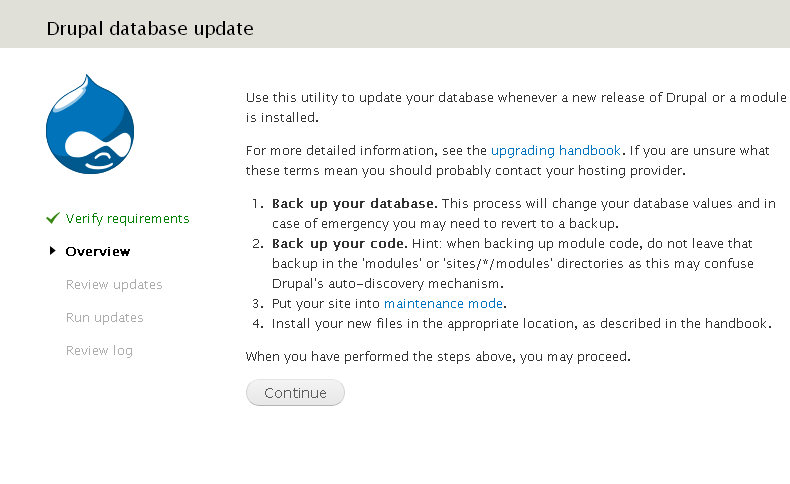Upgrading a website can be a daunting task, especially if you're not familiar with the process. But upgrading your Drupal site is necessary for security, bug fixes, and new features. In this article, I'll be discussing the process of upgrading a Drupal 7.10 site to the newest version of Drupal, a minor upgrade.
Before you start, it's important to understand the difference between a major and a minor upgrade. A major upgrade, such as upgrading from Drupal 6 to Drupal 7, involves significant changes in the codebase and can result in breaking your site. A minor upgrade, on the other hand, is a more straightforward process that brings small updates and bug fixes to your site. In this article, we'll be focusing on the latter.
The first step in upgrading your Drupal 7.10 site to the newest version is to back up your entire Drupal system, including files and database. This is crucial in case something goes wrong during the upgrade process. You can use a backup module, such as Backup and Migrate, to create a backup of your site. Make sure to store the backup in a secure location, such as an external hard drive or cloud storage.
Once you have a backup of your site, it's time to upgrade. The process of upgrading a Drupal 7.10 site to the newest version of Drupal involves two steps: updating the codebase and updating the database.
To update the codebase, you can use the manual method or the drush method. The manual method involves downloading the latest version of Drupal from the official website and uploading it to your server. Then, you'll need to copy the settings.php file and the files directory from your old site to the new site. Finally, you'll need to run the update.php script to complete the upgrade.
The drush method is a more efficient way to upgrade your site, as it automates the process. If you have drush installed on your server, simply run the following command:
drush up drupal
This command will update your Drupal site to the newest version.

Once the codebase has been updated, it's time to update the database. To do this, you'll need to log into your site as an administrator and run the update.php script. This script will perform any necessary database updates, such as updating the schema and data structures.
It's important to note that the update.php script should only be run once. Running it multiple times can cause issues with your site.
After the update.php script has been completed, you'll need to clear the cache and check your site to make sure everything is working as expected. If you encounter any issues, it's important to address them immediately. You can use the backup you created earlier to restore your site if necessary.
In conclusion, upgrading your Drupal 7.10 site to the newest version of Drupal is a straightforward process that can bring many benefits to your site, including security, bug fixes, and new features. By following the steps outlined in this article, you can ensure a smooth upgrade process and avoid any potential issues. Remember to always back up your site before upgrading and to address any issues as soon as they arise.
